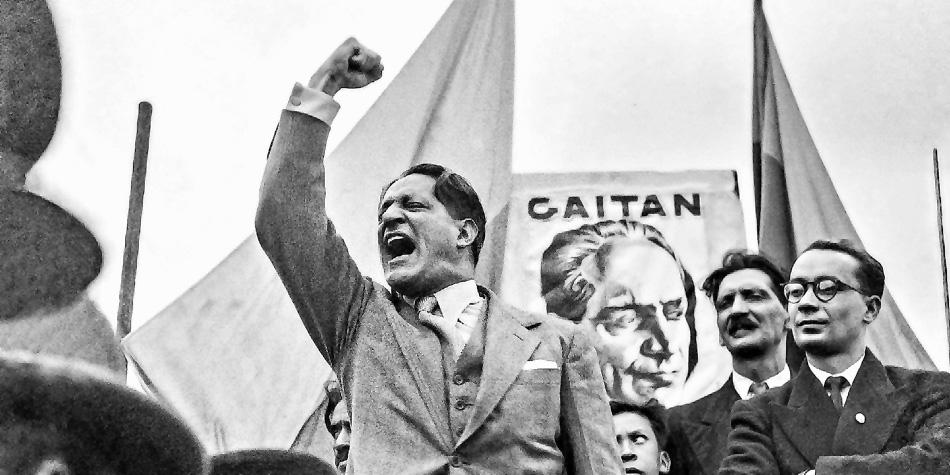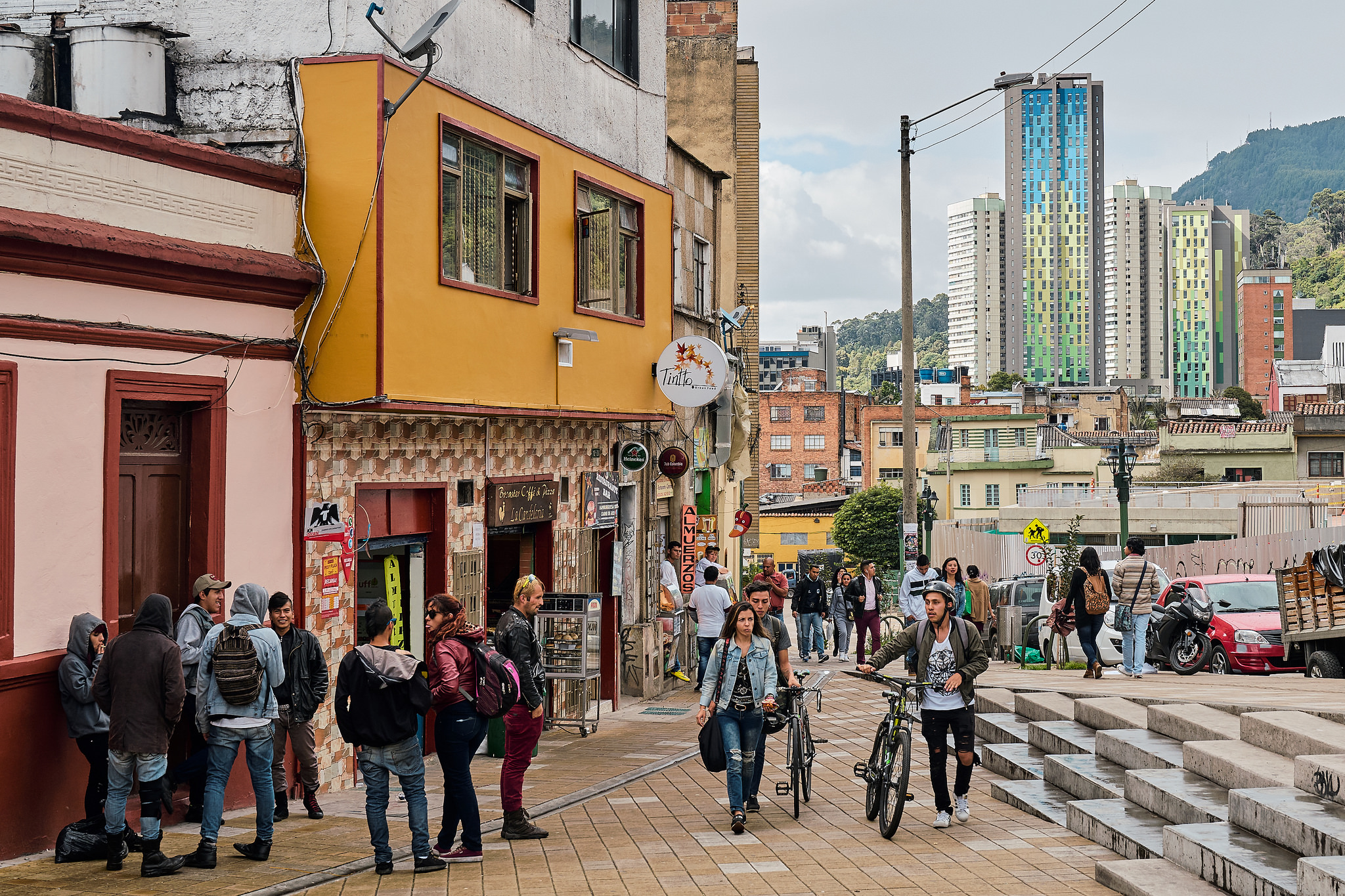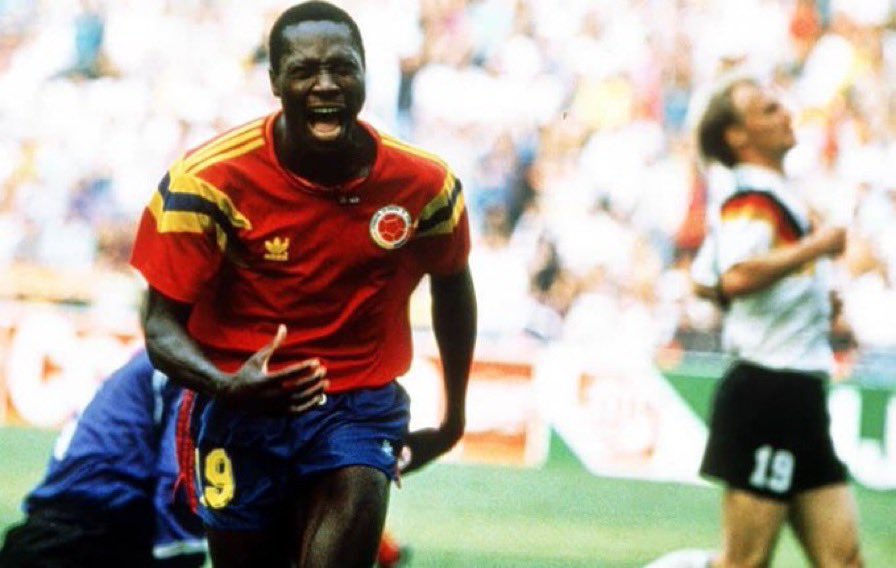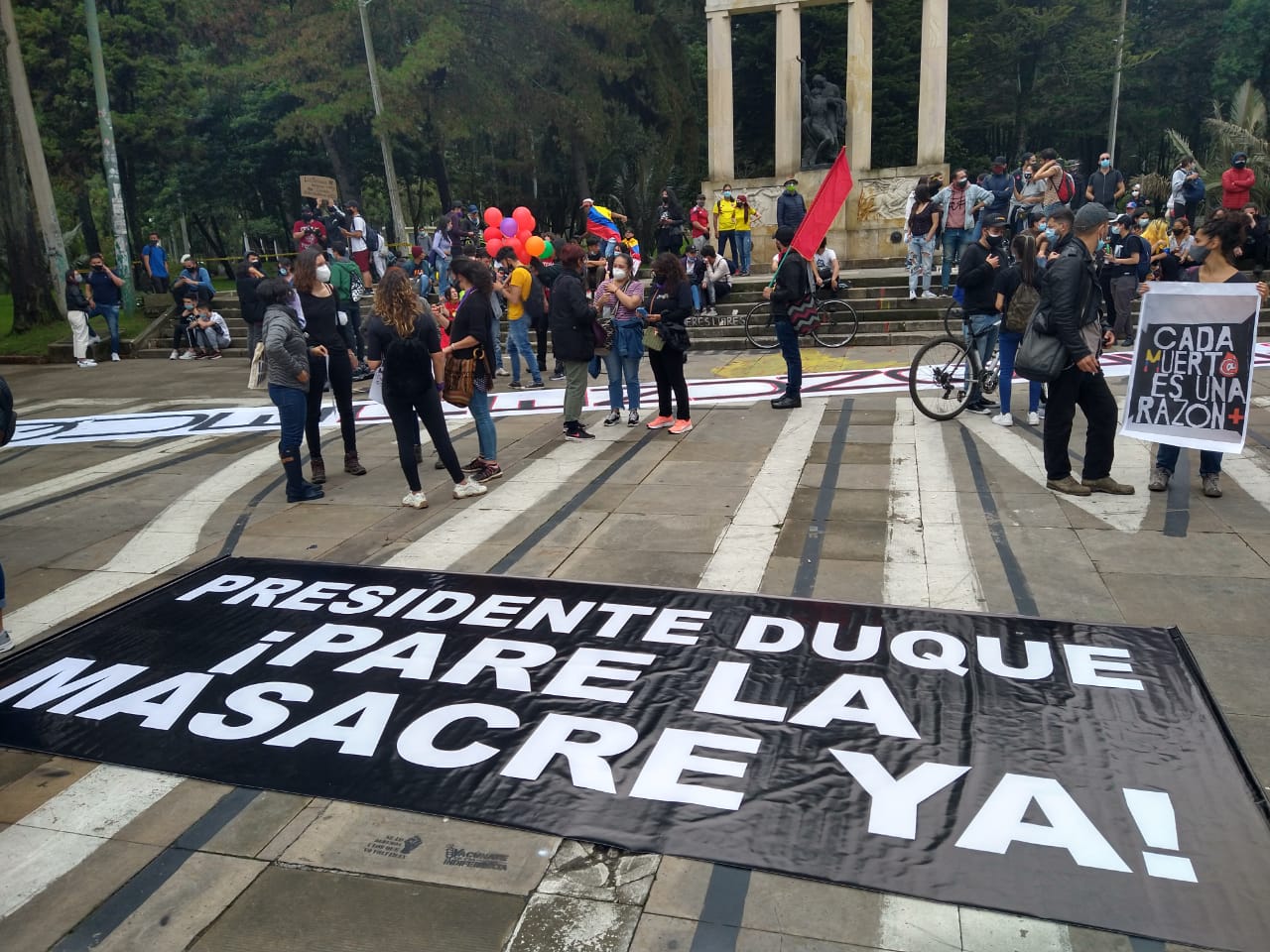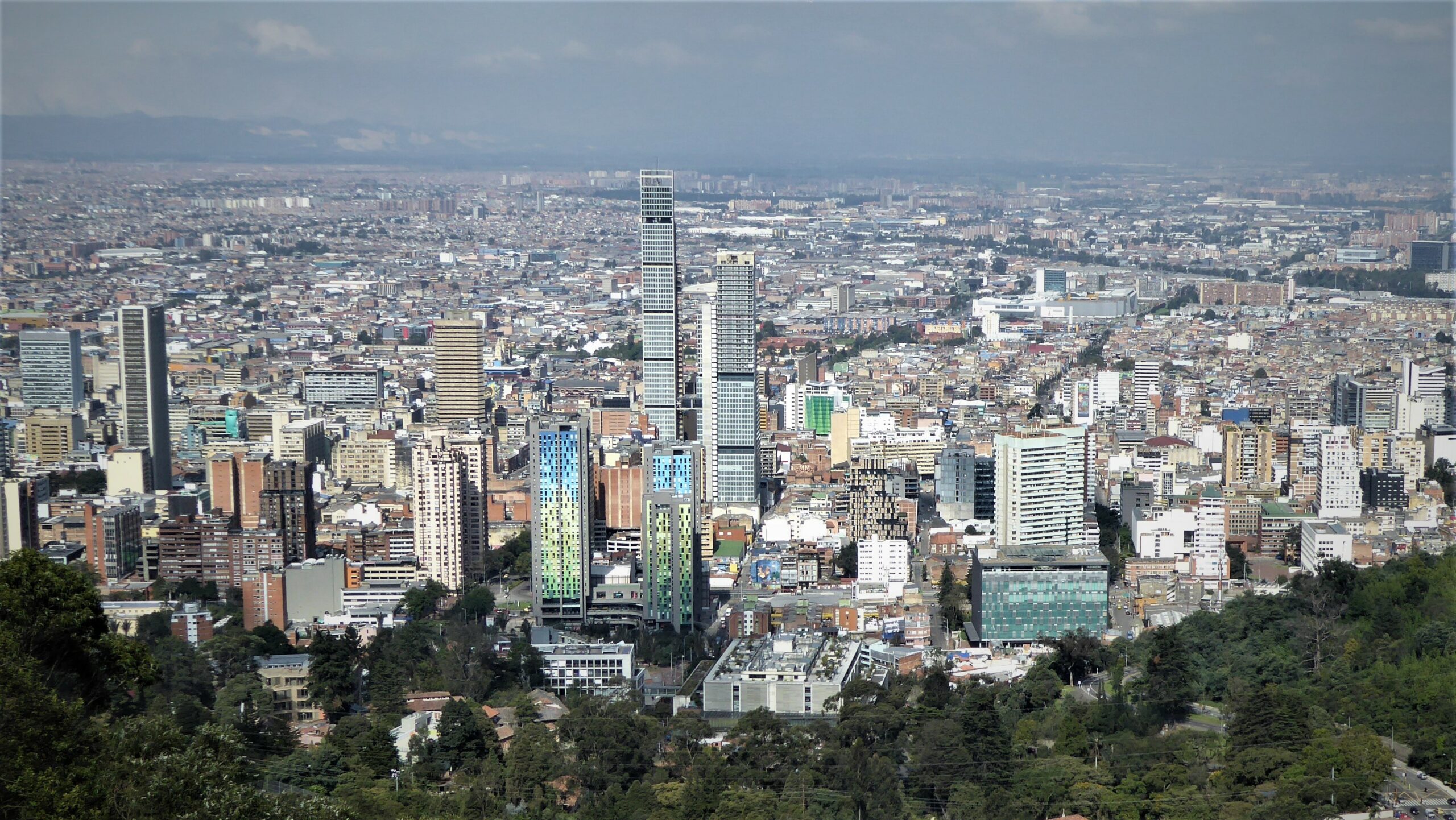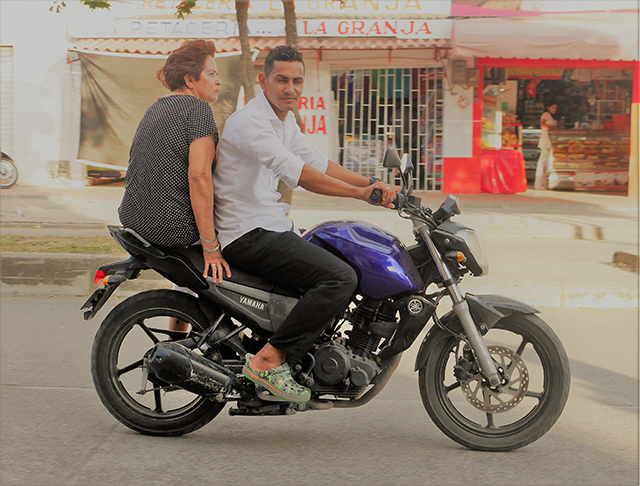
Is this the face of city crime? Photo: Gerald Barr
The capital’s mayor has slapped a downtown ban on pillion passengers. Will it stem a moto mini-crimewave? Or just infuriate the city’s bikers?
You might remember this scenario from your schooldays: “The whole class is in detention until someone owns up,” says the teacher, after some misdemeanour. You sit glumly and wonder why everyone is being punished for the sin of one individual and figure out that blanket retribution rarely works: the innocent alumni burn with indignation while the guilty kids – probably the same class bullies that no one dares to out – snigger behind their hands.
It’s a lesson that mayor Peñalosa seems to have skipped after last month’s announcement of a ban on male pillion passengers in a large chunk of Bogotá.
“I don’t really want to do it, but the exponential rise in crimes done by parrilleros has made it unavoidable,” he announced at the inauguration of the three-month prohibition, after figures showed a 75% rise in hold-ups by gunmen going two-up.
For many though, the mayor’s ban is not the result of some careful crime-stat analysis, but rather a reaction to a carjacking in Rosales, the capital’s wealthiest suburb. Sure, the incident in January was shocking – a pregnant woman was attacked and shot, resulting in crippling injuries, while parking at her residential block – but from police reports it seems the four attackers (most of whom are now in custody) were travelling by pick-up truck, not motorbikes.
Media initially reported it as a parrillero attack, perhaps reflecting a widespread paranoia that two-men-on-a-moto spells trouble, and (among the wealthier population of Bogotá) that when not out committing crimes, motorbikers are pests that buzz like flies over the city’s choked arteries.
300,000 pillion passengers
For the majority of Bogotá’s law-abiding regular pillion passengers – 300,000 by most counts – the mayor’s ban was metaphorically a kick in the teeth. And then literally a kick in the teeth as bikers formed protest rallies only to run the gauntlet of the feared ESMAD riot squad with their usual rain of boots, fists and batons.
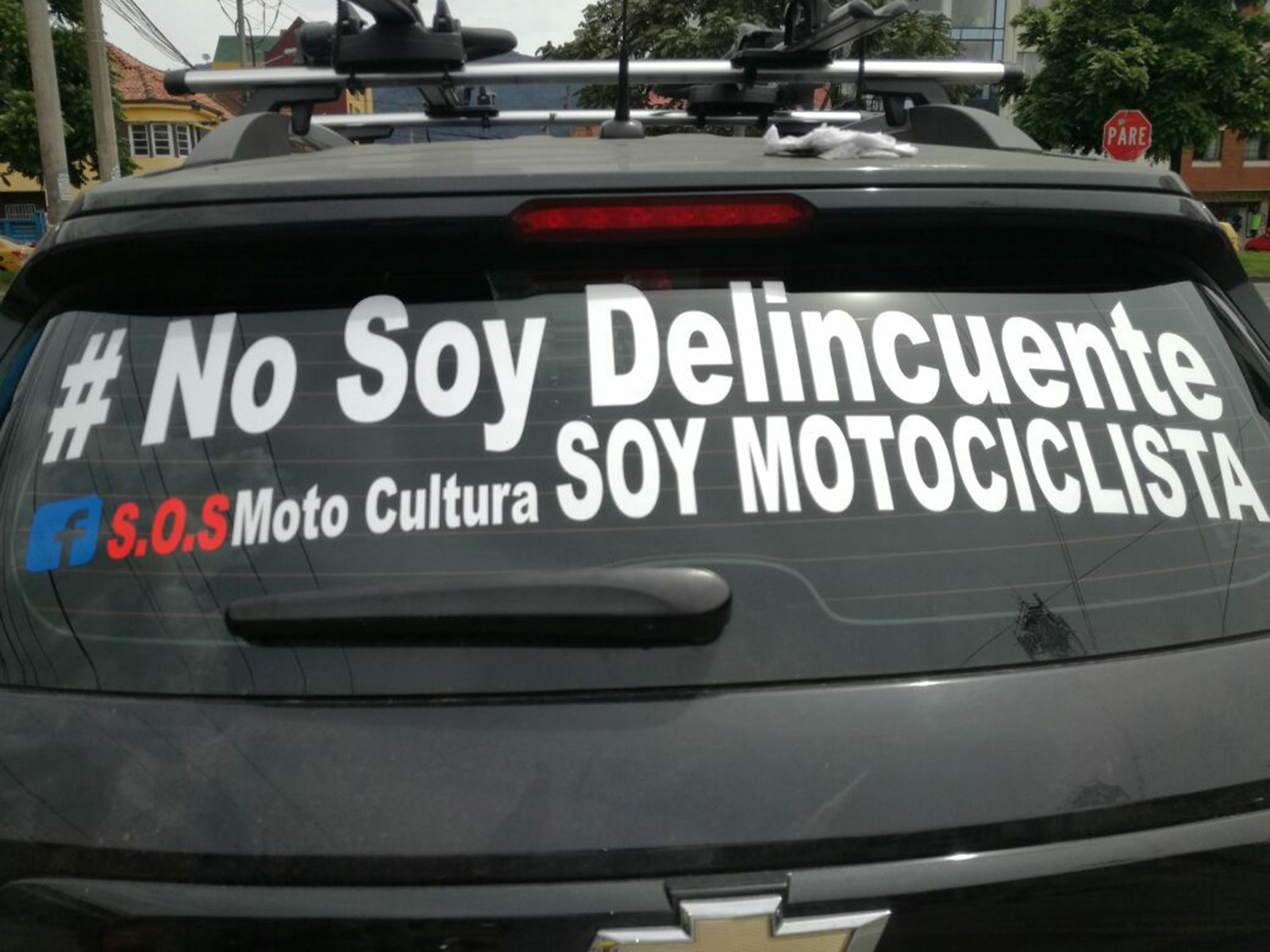
#I am not a criminal, I’m a biker Photo: SOS Moto Cultura
The fact is, a motorbike is an essential and affordable form of transport in a city plagued with transport problems. Many see banning parrilleros as simply unfair. A self-employed builder friend relies on giving pillion rides to his workers who join him at various sites around the city. “Why do we pay the price for a few bad guys?” he moans.
Will the ban reduce crime? He laughs. “Maybe for a few weeks until all the thugs buy more motorbikes and go solo.” Statistics show that already 40% of the 5,000 annual robberies from motorbikes are committed by a solo rider, so it is likely that robbers will switch to solo attacks.
The mayor does have some stats on his side: similar bans in other Colombian cities have shown short-term reductions on these types of crime. Cali, Cartagena, Medellín, Barranquilla – and a host of smaller cities and large towns – have also used restrictions to curb moto-taxis which are technically illegal and undermine public transport.
But usually these pillion bans last just a few months before being reversed through legal challenges from motorbike users, or politicians seeking the ‘biker vote’, or police simply fed up or unable to enforce the rule.
In previous decades these bans have been an essential tool in the drug war to try and prevent machine-gun toting sicarios murdering their marks – often sitting in cars in traffic – then roar off on the back of high-powered bikes. Colombia’s cartels had honed this to a fine art after initial training by Israeli and British mercenaries – the so-called ‘hitman school’ – in the 1980s, with Pablo Escobar then investing heavily in speedy get-away bikes (some ran on aviation gas).
Related: New crime measures in Bogotá after spike in robberies
Motorbikes have played a role in some of the county’s pivotal moments of conflict, such as when a Yamaha-mounted assassin gunned down justice minister Rodrigo Lara Bonilla in 1984, the 1986 murder of El Espectador editor Guillermo Cano, and the paramilitary-backed slaying of popular humourist Jaime Garzón in 1999.
In some cases, the bike attacks worked against the Capos, such as when violent drug boss Griselda Blanco, notorious for her own army of moto-mounted killers, was herself shot in the head by a bike assassin at a corner shop in Medellín in 2012.
Of course, Colombia has no monopoly on these types of crimes, though it seems that motorbike assassins have spread with the drug trade. In recent years assassinations launched from the pillion have taken place in cities such as London, Athens and Delhi, to name a few.
And the country may have even exported moto-mounted robberies to other places in Latin America, at least according to the Argentinian press which regularly decries the scourge of ‘Colombian motochorros attacking people in Buenos Aires’. Though I doubt they can be blamed for escalating ‘boda boda’ robberies in East Africa.
Why now?
Perhaps the surprising thing about the current mayor’s Bogotá ban is: why now? Even in the darkest days of the war with Escobar, the city didn’t ban pillion riders (though many other cities did).
Bogotá’s response to the Garzón murder in 1999 was better thought out: all motorcyclists and their pillion passengers were thereafter obliged to wear reflective jackets and crash helmets with the number plate of the motorbike clearly printed. This made it harder for criminals to mobilise incognito. It also reduced motorbike theft by 50% as it became harder to ride off without the matching helmet and jacket.
These simple regulations – since copied in other countries – was tied to other rules to reduce passenger vulnerability, such as banning children on the back of motorbikes, and faster ambulance times to accidents which together over a decade reduced accident deaths by 60%.
But like many regulations in large areas of Colombia, they have been slowly forgotten and ignored. Today, particularly on the coast, few riders wear crash helmets, let alone with the placa number on it, and motorbikes regularly carry four passengers including children and babies right under the noses of the police. Bogotá has seen a watering-down of the rules with many bikers not wearing the properly-marked jackets and helmets, and the police enforcing the rules only haphazardly throughout the city.
So many observers are asking: why not enforce the existing rules before bringing in a parrillero ban? Even Peñalosa’s political allies sense that punishing innocent bike passengers will do more harm than good. Presidential candidate Germán Vargas Lleras tweeted: “I’m against the ban (…) it is more important to firmly combat gangs and take measures to prevent re-occurrence”, an allusion to the revolving-door legal system where criminals are captured but then released.
Others point out the specifically male ban will draw women into the gunslinger role and the spectre of a rash of Bonnie-and-Clyde partnerships appearing in the city. Another issue is the exception allowing parrilleros on small-capacity (under 150cc) bikes, meaning a splurge of large blokes going two-up on under-powered mopeds, a dangerous way to travel since these smaller bikes lack the necessary power to navigate danger on the city’s mad roads.
Also controversial is the geographical boundary of the ban, in an area enclosed by Primero de Mayo, Calle 100 and Carrera 68, including some of the wealthiest zones of Bogotá. Peñalosa defended this with statistics showing that 40% of the reported motorbike crimes occurred in this central area, with just a population of 15% of the city.
But this misses the point. Daily, at least two million people travel into the restricted area to work – many by motorbike – and the crime figures are probably skewed by the fact that in poorer barrios people are still victims of robbery – as much if not more than the higher strata – but less likely to report the crime.
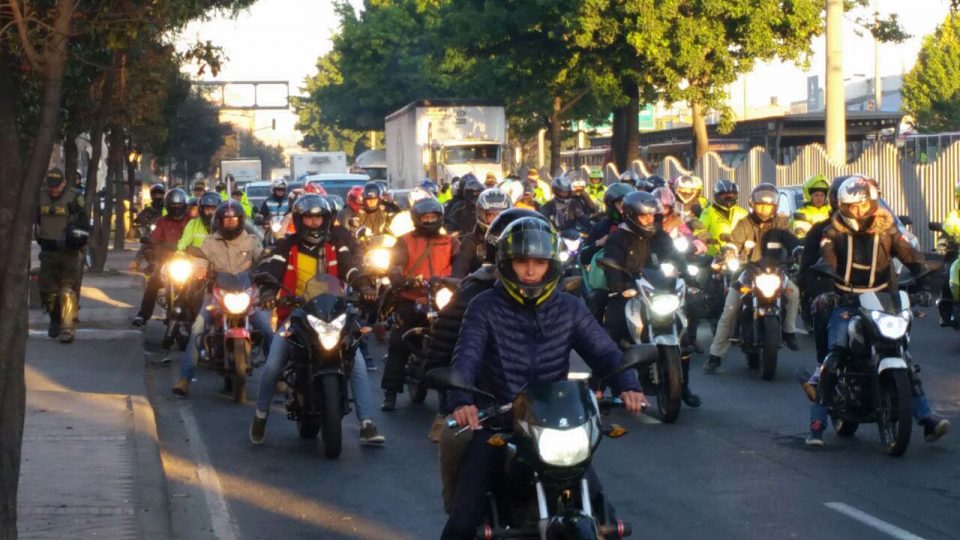
Photo: diariowearable.com
So, for many the ban is unfair and divisive. According to social media, a large chunk of the city is left feeling that for the mayor, security matters only for the few. “The mayor has further divided us into first and second-class citizens” wrote one commentator. “The plan must apply to all of Bogotá – or not at all.”
I would choose the latter. Sure, there will now be a dip in reported parrillero crimes over the next few months while the criminals readjust, and Peñalosa will take the credit. But he knows the ban can legally only exist for a year at most, and down the line his successor will have to cancel it.
Meanwhile, police will waste time and resources enforcing the ban and harassing bikers instead of tackling crime at its roots by focusing on micro-trafficking and organised gangs. Furthermore, the ban will force hundreds of thousands more passengers onto already saturated public transport, and worse, stimulate thousands more – former parrilleros – to buy their own machines to ride solo, meaning more chaos and more accidents.
At this point the plan, just like my old motorbike, will loudly backfire.
How will the parrillero ban affect Bogotá’s bikers?
Bogotá’s controversial restrictions on parrilleros – motorbike pillion passengers – started on February 2 and will last initially for three months. The ban only applies to male passengers over 14 years of age, on bikes with 125 cc or over engine capacity, and in the central zone of the city delimited by Primero de Mayo in the south, Calle 100 in the north, and Carrera 68 in the west.
According to the Mayor’s office, the restriction zone is only 17% of the city’s area but suffered 40% of the robberies from motorbikes during the last year. For the whole of Bogotá, 3,359 ‘parrillero’ robberies were reported in 2017 compared to 1,662 in 2012. Roughly another 2,000 attacks were made by bikers riding solo.
When announcing the parrillero restrictions, Mayor Peñalosa claimed they will only restrict 2% of the 500,000 registered motorbikes in the city, so under 20,000 riders and passengers. This figure is disputed by the Asociación Colombiana de Motociclistas which claims that “more than 300,000” will be affected.
Statistics from Colombian business association, ANDI suggest that 8% of the city’s population use motorbikes as regular transport. Since the Mayor’s exclusion zone covers a population of 1.5 million residents plus another 2 million commuters who travel in daily, then potentially 280,000 motorbikers are affected by the restrictions. The final figure will depend on the engine size of the bikes used and the number normally carrying passengers.
Gerald Barr first crossed into Colombia at the wheel of a Mercedes truck in 1994 to find himself pelted with flour bags and water-bombs at a local carnival. Despite this he came back regularly for work and travel in many corners of the country and to be constantly amazed and enchanted – but also frequently frustrated by ‘Locombia’, it’s crazy politics and its cultural quirks. He can’t live without it and now calls Bogotá his home.

